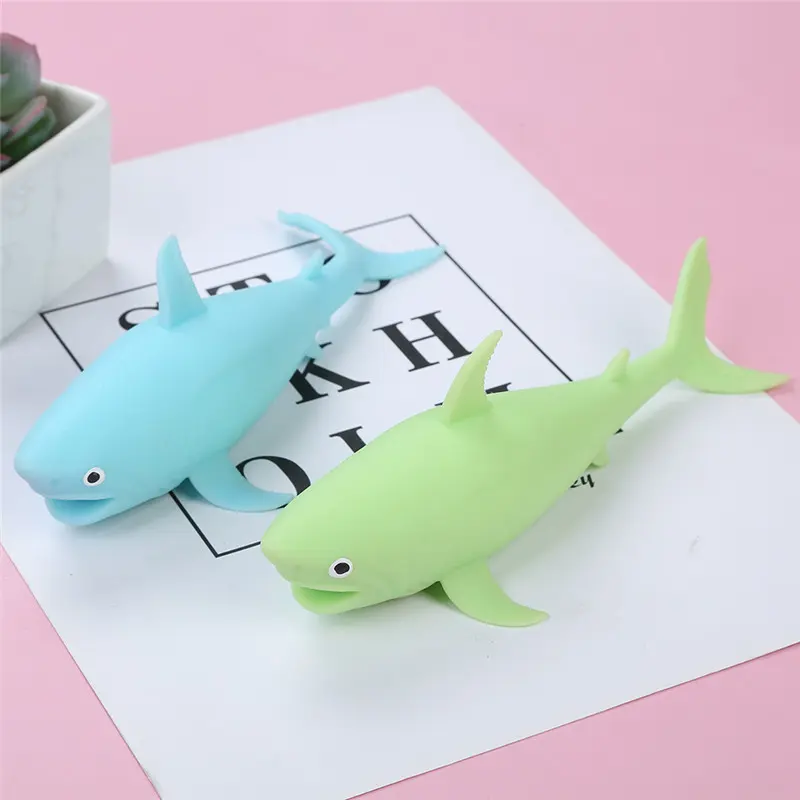Environmental advantages of TPE materials in toy manufacturing
In today’s era of environmental protection and sustainable development, the toy manufacturing industry is also constantly exploring more environmentally friendly and safer material options. As a new type of polymer material, TPE (thermoplastic elastomer) has gradually become the darling of the toy manufacturing industry due to its unique performance and environmental advantages. This article will explore in depth the environmental advantages of TPE materials in toy manufacturing and its impact on the industry and consumers.
1. Basic characteristics of TPE materials
TPE is a polymer material that combines rubber elasticity and plastic processing performance, with the following significant characteristics:
Non-toxic and harmless: TPE materials do not contain harmful substances such as phthalates and heavy metals, and comply with a number of international environmental and safety standards, such as ROHS, REACH, EN71, etc.
Recyclable: TPE materials can be recycled and reused, which helps reduce the impact of plastic waste on the environment and is in line with the trend of green manufacturing and sustainable development.
Superior physical properties: TPE has high elasticity, wear resistance and impact resistance, can withstand frequent bending and extrusion, is not easy to damage, and extends the service life of toys.
Good processing performance: TPE materials can be formed by injection molding, extrusion and other processes, with high production efficiency and the ability to produce complex shapes and structures.
Bright colors: TPE materials have good coloring properties, can absorb various pigments and present bright colors, meeting children’s needs for the appearance of toys.
2. Environmental advantages of TPE materials
1. Non-toxic and harmless, ensuring children’s health
TPE materials do not introduce harmful substances such as phthalates and heavy metals during the production process, ensuring the safety of toys for children. This non-toxic and harmless property makes it an ideal choice for infant toys, especially in products such as sensory toys and teethers.
2. Recyclable and reduce environmental impact
The recyclability of TPE materials is an important manifestation of its environmental advantages. Waste TPE toys can be put into use again through simple recycling, reducing dependence on primary resources and reducing the long-term impact of plastic waste on the environment.
3. Low-energy production and reduced carbon emissions
TPE materials have low energy consumption during the production process, which helps reduce energy consumption and carbon emissions, thereby having a positive impact on the environment.
4. Biodegradability, promoting sustainable development
Some TPE materials are biodegradable and can be decomposed by microorganisms under certain conditions and eventually return to the natural environment. This characteristic further reduces the pollution of plastic waste to the environment.
5. Compliance with international environmental standards
TPE materials comply with a number of international environmental and safety standards, such as ROHS, REACH and EN71. These standards ensure that TPE toys protect the environment and human health during use.
3. Application of TPE materials in toy manufacturing
1. Infant and toddler toys
TPE materials are often used to make sensory toys for infants and toddlers, such as decompression toys, sensory teethers and rattles. These toys are not only safe and non-toxic, but also provide a comfortable grip and tactile experience.
2. Spray-on toys and soft-gel toys
Due to their good softness and elasticity, TPE materials are often used to make spray-on toy dolls, soft-gel toys, etc., providing children with a comfortable touch and playability.
3. Toy accessories
The wear resistance and durability of TPE materials make them an ideal choice for accessories such as toy tires and simulated soft-gel toys.
4. Transparent toys
Transparent TPE materials are widely used to make toys with bright colors and clear internal structures due to their excellent transparency and good weather resistance, stimulating children’s curiosity and desire to explore.
4. The driving role of TPE materials in the toy industry
1. Improving the safety and environmental protection of toys
The non-toxic and harmless characteristics and environmental protection performance of TPE materials enable toy manufacturers to produce safer and more environmentally friendly products to meet the needs of modern consumers for environmental protection and health.
2. Promote the green development of the industry
With the continuous improvement of environmental awareness, the application of TPE materials has promoted the entire toy industry to develop in the direction of green manufacturing and sustainable development.
3. Enhance market competitiveness
Toys made of TPE materials have higher competitiveness in the international market due to their environmental performance and high quality, which meet international safety standards.
5. Future prospects
With the advancement of science and technology and the enhancement of environmental awareness, the application prospects of TPE materials in toy manufacturing will be broader. In the future, we can expect more creative and practical TPE toy products to come out, bringing children a better childhood, while contributing to environmental protection and sustainable development.
In short, TPE materials have shown great potential and value in toy manufacturing with their excellent environmental performance, safety and physical properties. Whether from the perspective of children’s health or from the perspective of environmental protection, TPE materials will become one of the preferred materials in the toy industry.
Post time: Apr-18-2025

